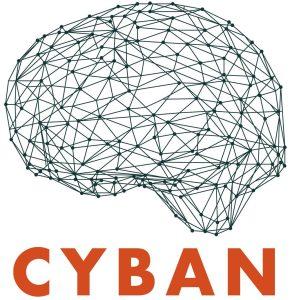
Posted: 16 February 2023
A major milestone in the detection and management of brain injuries has been reached thanks to an Australian first clinical trial by Cyban which has demonstrated that the company’s patented technology is able to produce similar results to invasive intracranial pressure monitoring (ICP), offering patients with brain injuries such as traumatic brain injury, stroke and brain bleeds, with a more accessible noninvasive alternative.
The trial focused on 12 critically ill patients with an acute brain injury who routinely had invasive ICP monitoring to assess and compare with the non-invasive Cyban brain pulse monitor. The trial revealed similar results between the two methods, opening up the possibility for a reliable and non-invasive alternative to ICP monitoring which could be utilised by a broader patient population to ultimately reduce mortality and long-term disability in brain injury patients.
According to Dr Barry Dixon, Cyban founder and Chief Scientific Officer, the findings highlight the potential for the technology in addressing one of the world’s greatest health issues.
“Through this trial we have been able to demonstrate the possibility of this technology in offering a simple, continuous and safe monitoring alternative of the brain to ultimately assist in providing earlier detection of brain injury or its complications,” Dr Dixon said.
“A major challenge in managing acute brain injury is how to continuously monitor the brain to detect secondary brain injury. Early detection of a complication is vital to reduce death and disability, and historically ICP has been the most reliable monitoring solutions however it is incredibly invasive and complex,” Dr Dixon said.
ICP monitoring is expensive and has significant risks due to the surgical procedure required to insert the monitoring probe, including ventricular infection rates of up to 9% and haemorrhage of 22%. Due to the high costs and risks, invasive monitoring is usually reserved
for cases of severe brain injury. For most patients, therefore, monitoring is confined to just
clinical examination.
Cyban’s technology is a non-invasive brain pulse monitor that uses red light to detect a photoplethysmographic (PPG) signal from the blood vessels on the brain’s surface, to measure both ICP and brain oxygen levels. The research found that the non-invasive brain pulse monitor PPG waveform features are similar to the invasive ICP waveforms, and ICP levels from Cyban’s algorithm correlated with ICP levels that were measured invasively.
Offering a simplified, continuous and reliable non-invasive alternative will not only further advance the treatment of brain injuries by allowing early detection and accelerated treatment to a greater patient population, it has the potential to significantly reduce hospital costs, reduce patient stays and improve patient outcomes simultaneously.



